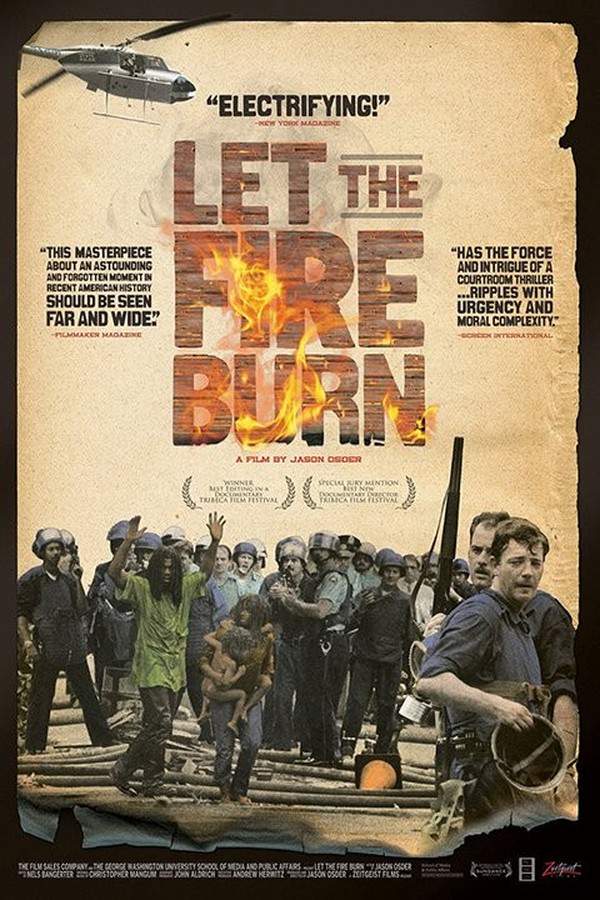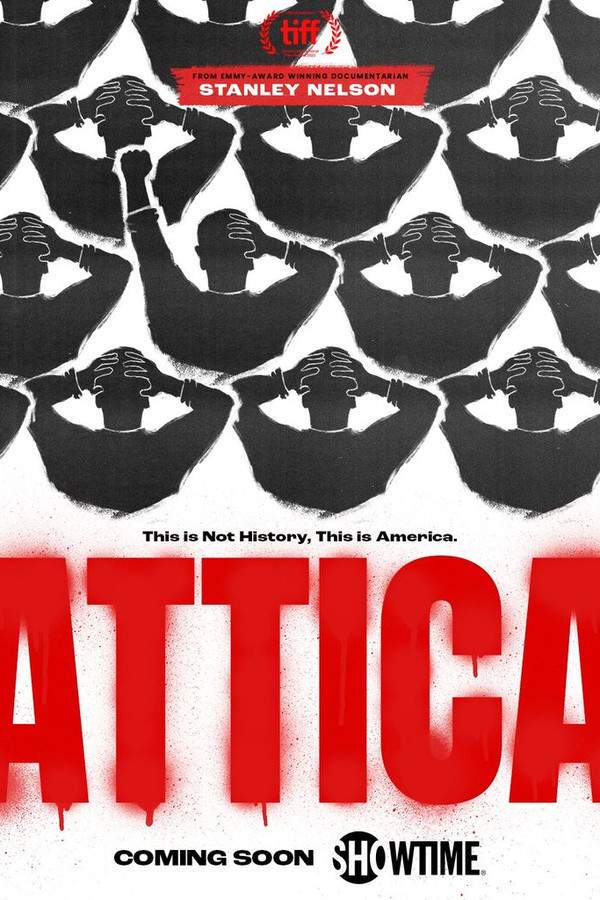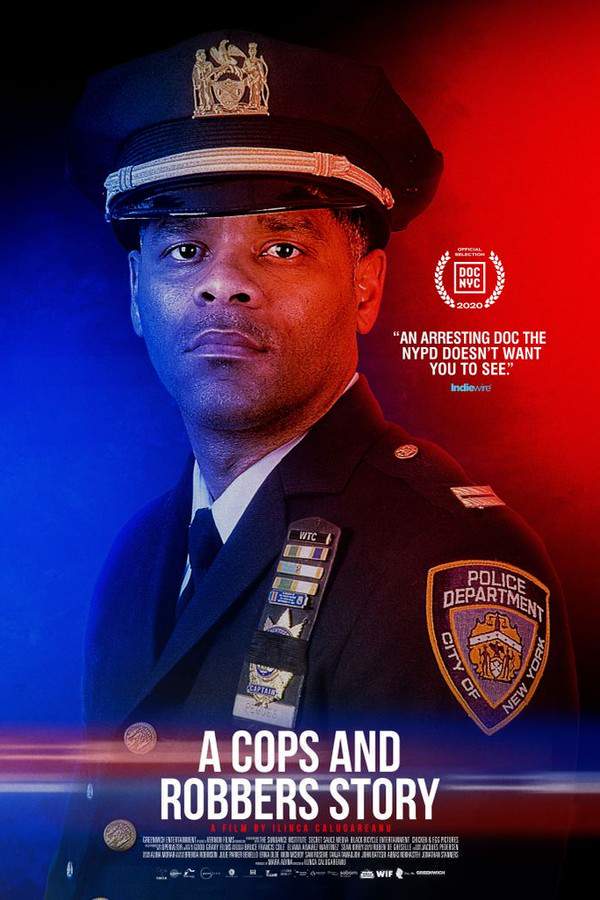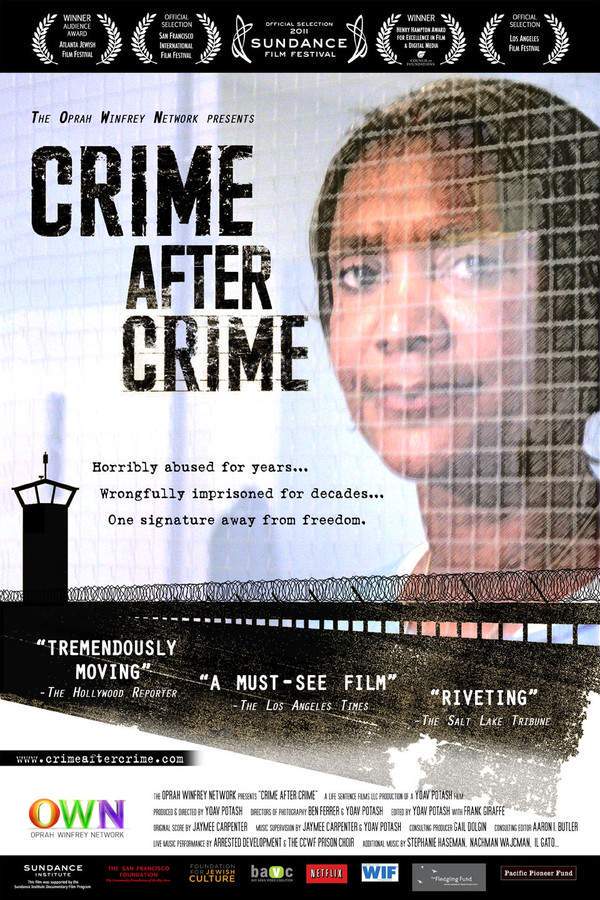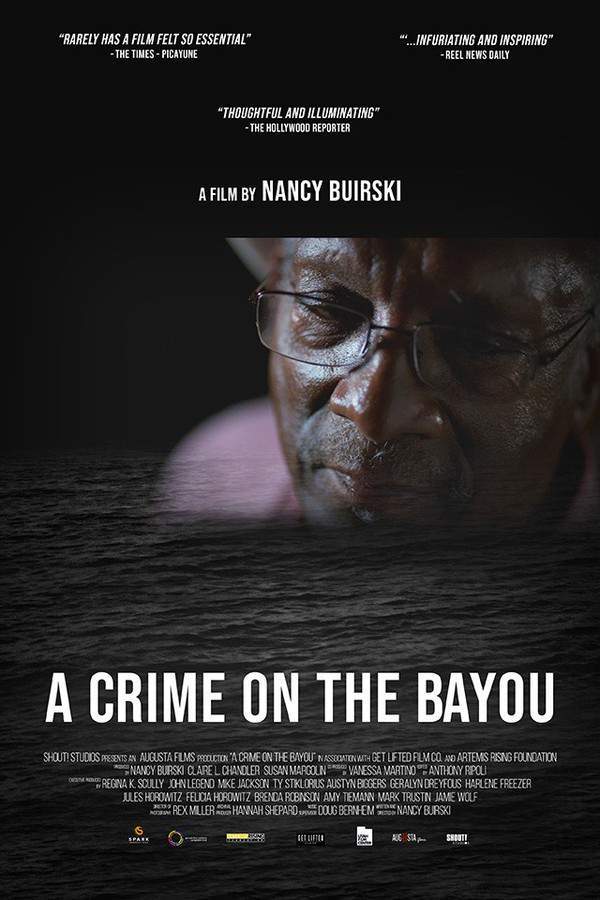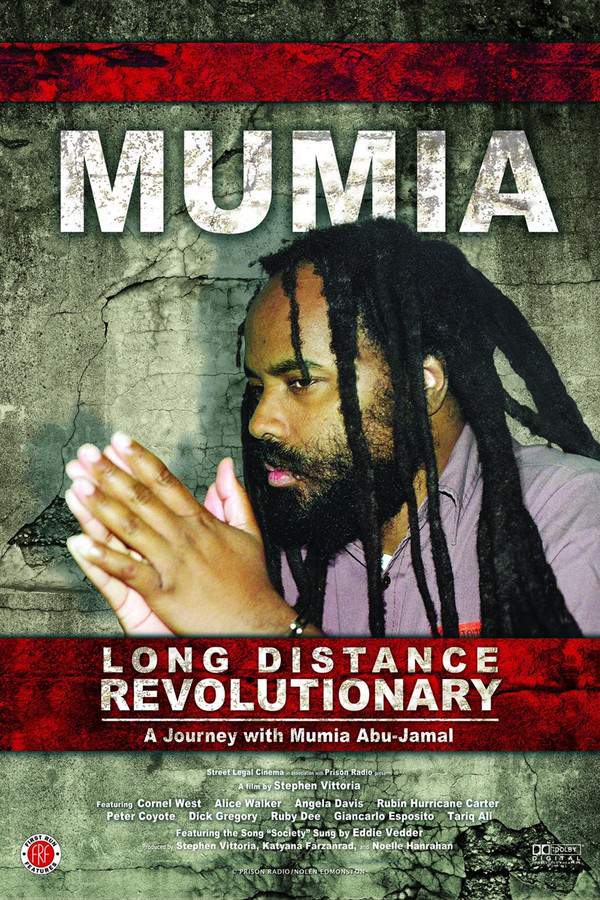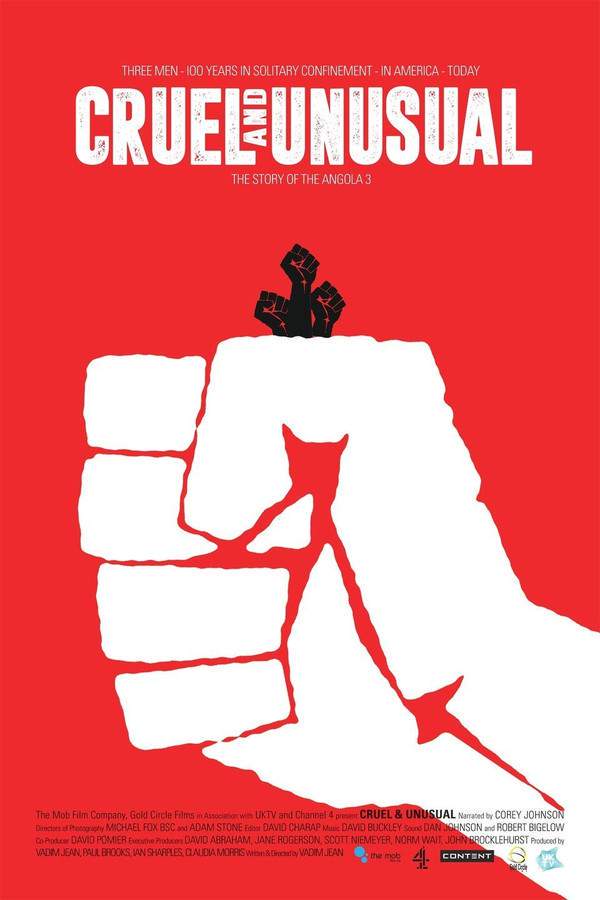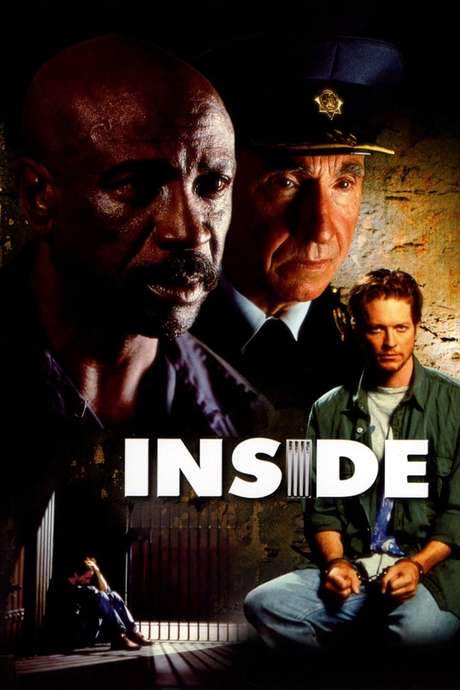40 Years a Prisoner 2020
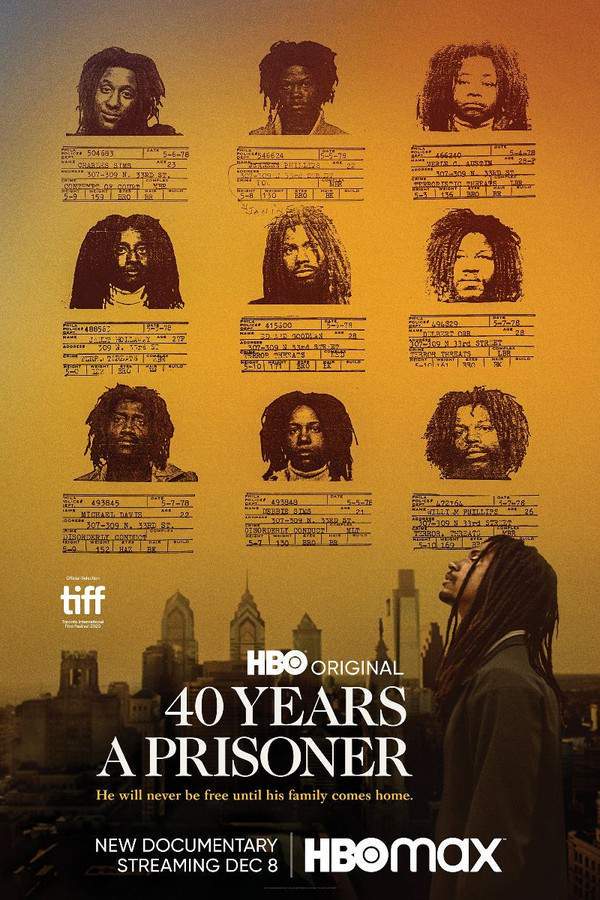
A police raid on the revolutionary group MOVE in 1978 sparks a decades-long struggle for justice. Following the raid, one man embarks on a quest to clear his parents' names and restore their legacy, confronting the lasting trauma and repercussions of the event within a city grappling with unrest.
Does 40 Years a Prisoner have end credit scenes?
No!
40 Years a Prisoner does not have end credit scenes. You can leave when the credits roll.
Meet the Full Cast and Actors of 40 Years a Prisoner
Explore the complete cast of 40 Years a Prisoner, including both lead and supporting actors. Learn who plays each character, discover their past roles and achievements, and find out what makes this ensemble cast stand out in the world of film and television.
External Links and Streaming Options
Discover where to watch 40 Years a Prisoner online, including streaming platforms, rental options, and official sources. Compare reviews, ratings, and in-depth movie information across sites like IMDb, TMDb, Rotten Tomatoes or Metacritic.
Ratings and Reviews for 40 Years a Prisoner
See how 40 Years a Prisoner is rated across major platforms like IMDb, Metacritic, and TMDb. Compare audience scores and critic reviews to understand where 40 Years a Prisoner stands among top-rated movies in its genre.

The Movie Echo Score
40 Years a Prisoner offers a precise and urgent overview of MOVE’s decades-long struggle through a blend of personal testimony and archival materials. The film’s measured pacing and structured chronology allow key events to unfold with clarity, while interpolated present-day interviews reinforce the narrative’s relevance. In terms of emotional impact, the documentary’s emphasis on family bonds and systemic injustice resonates throughout. Minor omissions in the story leave the film feeling slightly incomplete. Overall, the documentary provides a compelling introduction that invites further exploration of its subject.
The Movie Echo Score Breakdown for 40 Years a Prisoner

Art & Craft
In terms of direction and editing, the film demonstrates meticulous construction of archival and contemporary footage to maintain narrative clarity. The chronological sequencing is reinforced by thoughtful cutting that balances historical segments with present-day reflections. While the cinematography remains functional rather than stylized, the overall assembly supports the documentary’s informative aims. The restrained visual approach ensures that the focus stays on the unfolding events.

Character & Emotion
When it comes to emotional resonance, the documentary foregrounds the personal journey of Mike Africa Jr. and his family’s decades-long separation. The earnest interviews convey authentic empathy and underscore the human stakes of systemic injustice. Family dynamics are portrayed with sensitivity, and moments of reflection deepen the viewer’s connection to those affected. This focus on lived experience amplifies the film’s advocacy for justice.

Story & Flow
In terms of narrative flow, the documentary adheres to a clear chronological structure that guides viewers through MOVE’s origins, the 1978 confrontation, and its present-day ramifications. Measured pacing allows key developments to be contextualized, though intermittent gaps in coverage leave some secondary events underexplored. The integration of archival footage and modern interviews maintains engagement, even as the story occasionally feels incomplete. Overall, the coherence supports comprehension of complex historical material.

Sensory Experience
When evaluating the sensory experience, the film relies heavily on archival audio and visual materials, supplemented by a restrained musical score. Sound design is unobtrusive, prioritizing interview clarity and historical recordings. While the soundtrack provides occasional emotional cues, it never overwhelms the narrative. The visual style remains consistent with documentary conventions, using an understated color palette and straightforward framing to highlight the subject matter without distraction.

Rewatch Factor
In terms of rewatch value, the documentary offers a focused exploration of a specific historical episode that may reward repeat viewings for those interested in civil rights history. The combination of archival evidence and personal testimony can reveal new insights upon further examination. However, the film’s subject-specific focus and restrained stylistic choices may limit broad replay appeal. Overall, its enduring appeal lies primarily with audiences seeking a deeper understanding of MOVE’s legacy.

73
Metascore
tbd
User Score


93%
TOMATOMETER

84%
User Score

7.2 /10
IMDb Rating
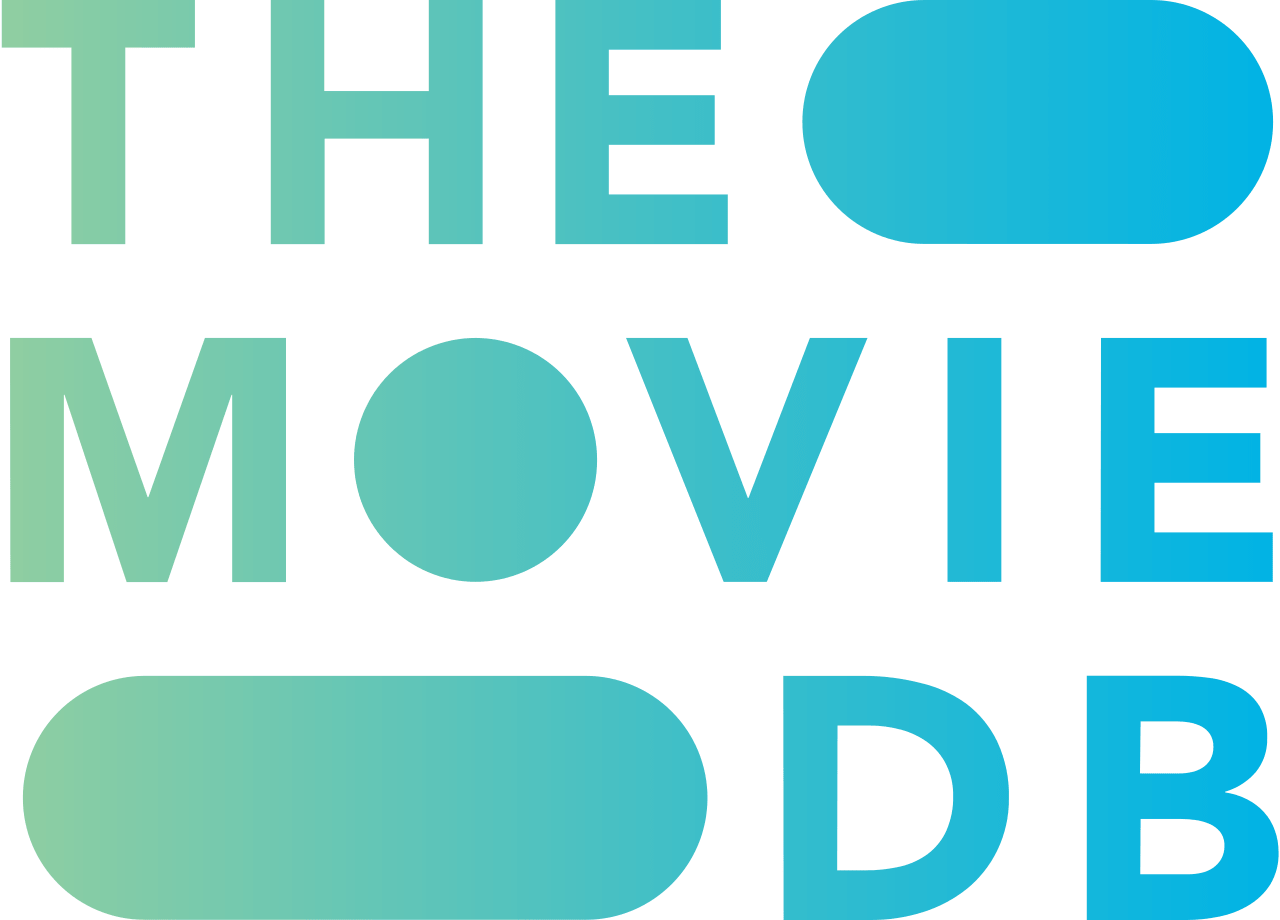
65
%
User Score
It appears 40 Years a Prisoner does not have a summary available yet. Please consider requesting one.

Coming soon on iOS and Android
The Plot Explained Mobile App
From blockbusters to hidden gems — dive into movie stories anytime, anywhere. Save your favorites, discover plots faster, and never miss a twist again.
Sign up to be the first to know when we launch. Your email stays private — always.
Watch Trailers, Clips & Behind-the-Scenes for 40 Years a Prisoner
Watch official trailers, exclusive clips, cast interviews, and behind-the-scenes footage from 40 Years a Prisoner. Dive deeper into the making of the film, its standout moments, and key production insights.
40 Years a Prisoner Themes and Keywords
Discover the central themes, ideas, and keywords that define the movie’s story, tone, and message. Analyze the film’s deeper meanings, genre influences, and recurring concepts.

Unlock the World of Movies with Our Comprehensive Wiki
Dive into our Movie Wiki for in-depth film encyclopedia entries, including cast biographies, production trivia, plot synopses, behind-the-scenes facts, and thematic analyses. Whether you’re researching iconic directors, exploring genre histories, or discovering hidden easter eggs, our expertly curated movie database has everything you need to fuel your cinematic passion.

Similar Movies To 40 Years a Prisoner You Should Know About
Browse a curated list of movies similar in genre, tone, characters, or story structure. Discover new titles like the one you're watching, perfect for fans of related plots, vibes, or cinematic styles.
Quick Links: Summary, Cast, Ratings, More

What's After the Movie?
Not sure whether to stay after the credits? Find out!
Explore Our Movie Platform
New Movie Releases (2026)
Famous Movie Actors
Top Film Production Studios
Movie Plot Summaries & Endings
Major Movie Awards & Winners
Best Concert Films & Music Documentaries
Movie Collections and Curated Lists
© 2026 What's After the Movie. All rights reserved.










